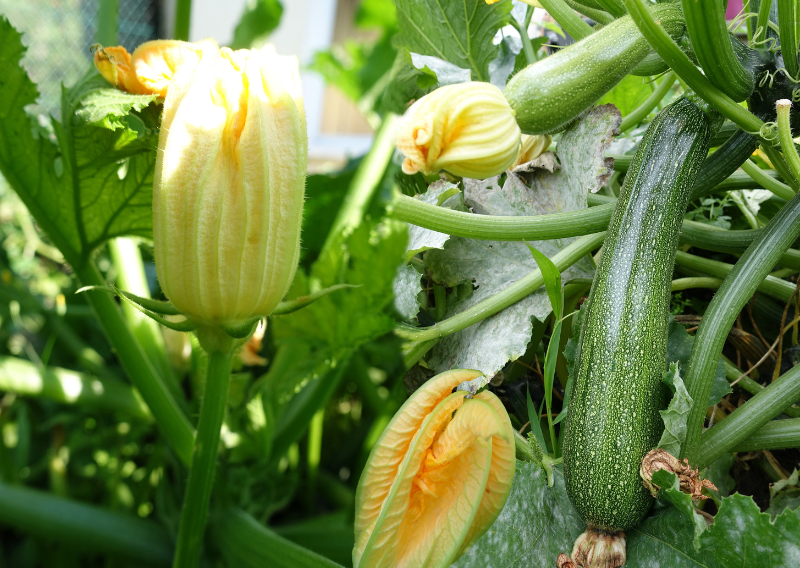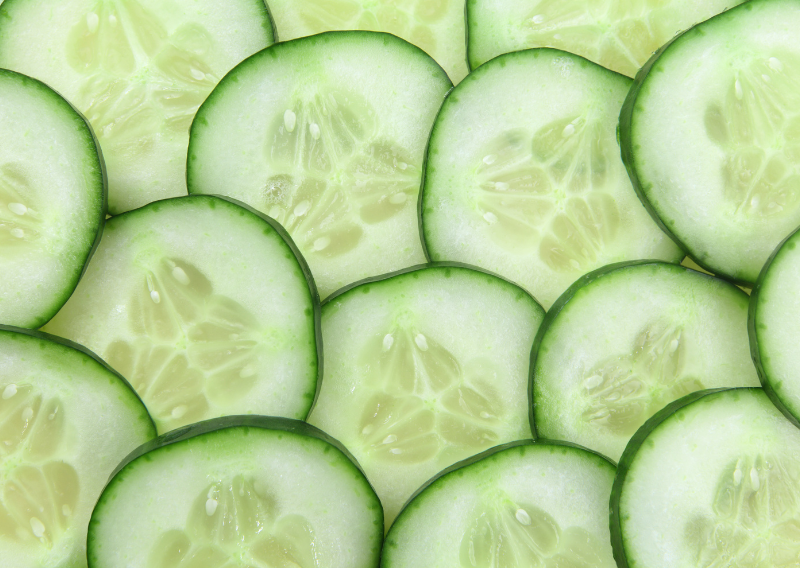
3 Easy Veggies to Grow in Your Garden: Courgettes, Tomatoes, and Potatoes
For the last ten years, I’ve planted many different kinds of plants in my small garden in London. I’ve used pots and raised beds to learn how to garden, sometimes making mistakes. But today, I want to tell you about the three vegetables that are easiest to grow. I’ve also learned some good ways to grow them. These vegetables are easy to grow, even if you’re just starting out. You can try them in many different dishes.


Courgettes (Zucchini)
Courgettes are a wonderful choice for any gardener, whether you have a big garden or just a small balcony. These plants are easy to grow and can be used in many different ways.
Why They’re Easy to Grow:
- Vertical Growth: One reason courgettes are so easy to grow is that they can be trained to grow upwards. This is perfect for small spaces. Just tie the plant to a trellis or a strong stake, and you’ll be able to grow a lot of courgettes without taking up much room.
- Edible Flowers: Another amazing thing about courgettes is their edible flowers! But here’s a tip: only pick the long flowers, which are the male ones. Leave some on the plant to help it make more courgettes.
- Harvest at Any Stage: You can also harvest courgettes at any stage of growth. Whether they’re small and soft or big and firm, they’re all delicious.
Tomatoes
Tomatoes are a staple in many gardens, and for good reason. They’re not only easy to grow but also packed with flavor that’s hard to beat. Plus, there’s nothing quite like picking a fresh, ripe tomato from your garden.
Why They’re Easy to Grow:
- Deep Planting: One of the best tips I’ve learned is to plant your tomatoes deep. The plants have tiny hair-like structures called trichomes along the stem, which can transform into roots if buried. This makes the plant more stable and helps it absorb more nutrients.
- Keep the Base Clean: To avoid soil-borne diseases, keep the bottom of your tomato plants clean. Mulching around the base also helps reduce the bounce-back effect, where water splashes up from the soil and onto the leaves, potentially spreading disease.
- Suckers for More Plants: Tomato plants naturally produce suckers (side shoots). You can remove these from indeterminate varieties to prevent the plant from wasting energy, making it more manageable. You can also use these suckers to grow even more tomato plants.
Potatoes
Potatoes are another vegetable that’s incredibly easy to grow, even in small spaces. With just a few simple steps, you can enjoy a bountiful harvest of this versatile veggie.
Why They’re Easy to Grow:
- Chitting (Sprouting): Start by letting your potatoes sprout before planting. Simply place them upright in a container, avoiding direct sunlight and humidity, and wait for the sprouts to appear.
- Grow Bags: If you don’t have enough space, grow bags are a perfect solution. You can move them around as needed, and they’re great for keeping the soil perfect for your plant.
- Mulch with Straw: To retain moisture you must mulch them with straw. This helps conserve water and keeps the tubers cool and protected from direct sunlight.
Growing your own veggies doesn’t have to be complicated. Courgettes, tomatoes, and potatoes are three of the easiest plants to start with, and they offer a lot of rewards for the effort. I’ve made plenty of mistakes over the years, but I hope these tips and shortcuts help you avoid the same mistakes and enjoy a successful, bountiful harvest.
Happy gardening!






















